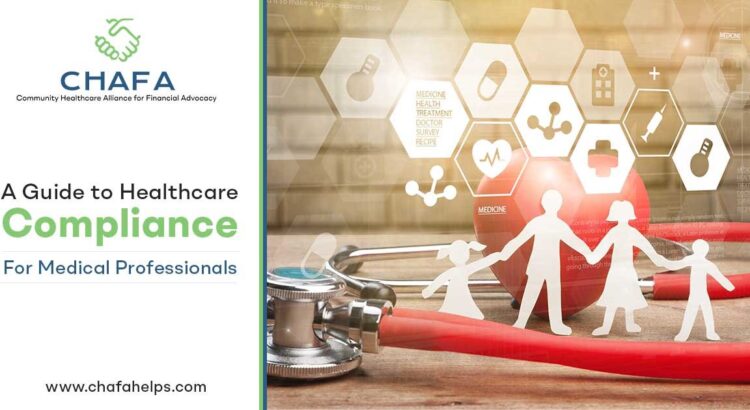Introduction: In the ever-evolving landscape of healthcare, compliance and regulations stand as pillars of stability and safety. From protecting patient privacy to ensuring quality care delivery, adherence to healthcare regulations is paramount. In this guide, we’ll delve into the intricacies of healthcare compliance and regulations, shedding light on their importance, challenges, and best practices.
Understanding Healthcare Compliance: Healthcare compliance encompasses a broad spectrum of rules, regulations, and standards aimed at safeguarding patients, healthcare providers, and the integrity of the healthcare system. These regulations are established by governmental bodies such as the Centers for Medicare & Medicaid Services (CMS), the Food and Drug Administration (FDA), and the Health Insurance Portability and Accountability Act (HIPAA), among others.
Key Components of Healthcare Compliance:
- HIPAA Compliance: HIPAA regulations govern the protection of patients’ protected health information (PHI). Healthcare organizations must implement safeguards to ensure the confidentiality, integrity, and availability of PHI.
- Billing and Coding Compliance: Accurate billing and coding practices are essential for proper reimbursement and financial integrity. Healthcare providers must adhere to coding guidelines set forth by organizations such as the American Medical Association (AMA) and the American Health Information Management Association (AHIMA).
- Fraud and Abuse Compliance: Healthcare fraud and abuse pose significant threats to the integrity of the healthcare system. Compliance programs are designed to detect, prevent, and mitigate fraudulent activities, such as billing for services not rendered or engaging in kickback schemes.
- Quality and Safety Compliance: Ensuring the delivery of high-quality, safe patient care is a fundamental aspect of healthcare compliance. Healthcare organizations must comply with regulations and accreditation standards set by entities like The Joint Commission and the National Committee for Quality Assurance (NCQA).
Challenges in Healthcare Compliance:
- Regulatory Complexity: The healthcare regulatory landscape is vast and multifaceted, making compliance a complex endeavor. Navigating the intricate web of regulations requires dedicated resources and expertise.
- Evolving Regulations: Healthcare regulations are subject to frequent updates and revisions in response to changing industry dynamics and emerging threats. Staying abreast of regulatory changes and implementing necessary adjustments can be challenging for healthcare organizations.
- Resource Constraints: Compliance efforts require significant financial and human resources. Smaller healthcare organizations, in particular, may struggle to allocate adequate resources to compliance initiatives, increasing their vulnerability to non-compliance.
- Technological Advancements: The widespread adoption of electronic health records (EHRs) and other digital health technologies has introduced new compliance challenges related to data security and interoperability. Healthcare organizations must implement robust cybersecurity measures to protect patient data from breaches and cyberattacks.
Best Practices for Healthcare Compliance:
- Develop a Comprehensive Compliance Program: Healthcare organizations should establish a formal compliance program tailored to their specific needs and risks. This program should include policies, procedures, and controls to promote adherence to applicable laws and regulations.
- Invest in Education and Training: Employee education and training are critical components of a successful compliance program. Healthcare providers and staff should receive regular training on compliance requirements, ethical standards, and proper documentation practices.
- Conduct Regular Audits and Monitoring: Regular audits and monitoring activities help identify areas of non-compliance and potential risks. Healthcare organizations should conduct internal audits, compliance reviews, and risk assessments to assess their compliance posture and address any deficiencies proactively.
- Foster a Culture of Compliance: Creating a culture of compliance starts at the top and permeates throughout the organization. Leadership should emphasize the importance of ethical conduct, transparency, and accountability, fostering a culture where compliance is prioritized and ingrained in everyday operations.
Conclusion:
